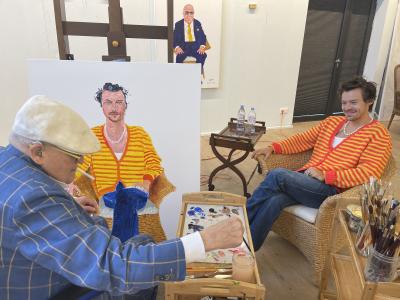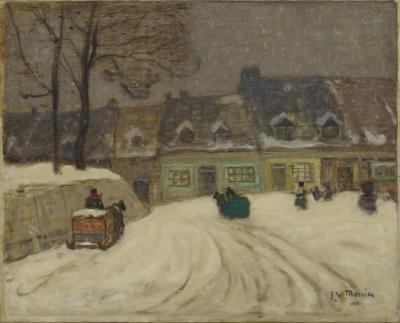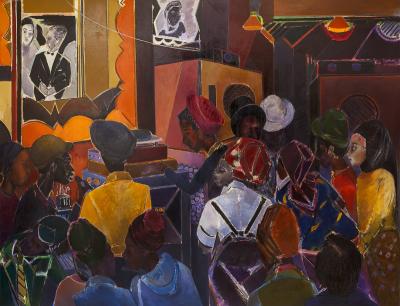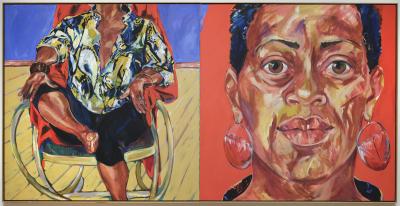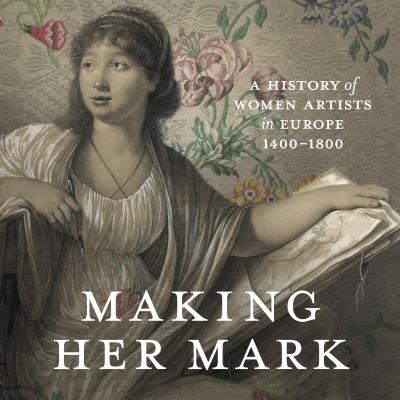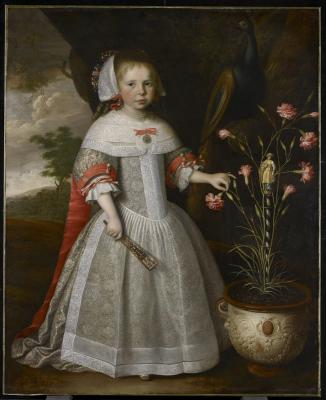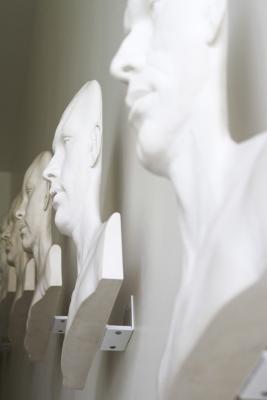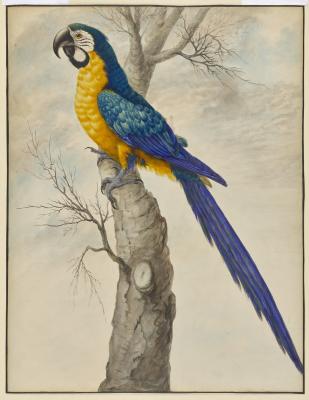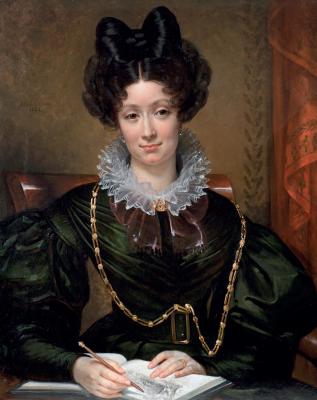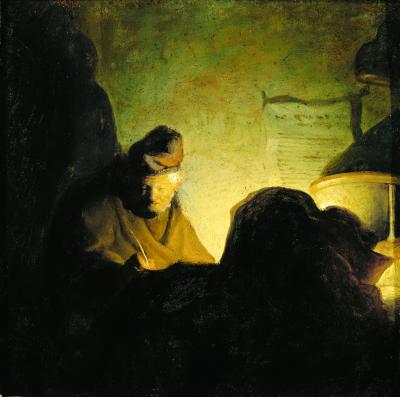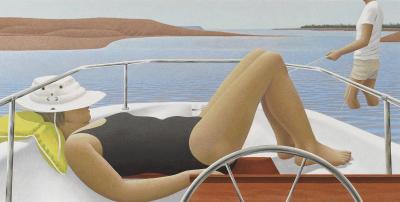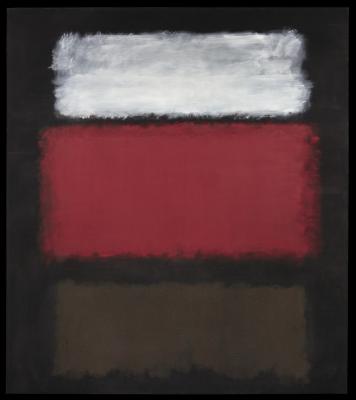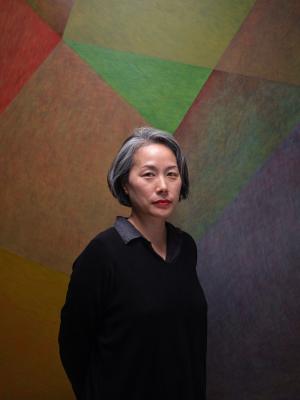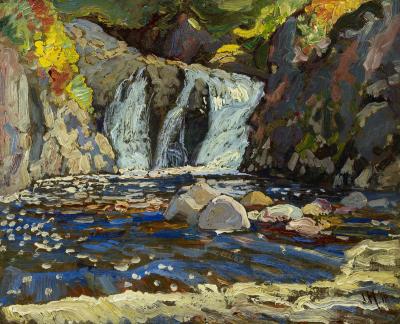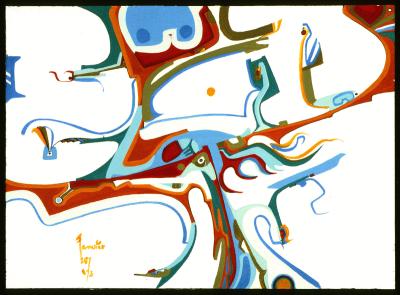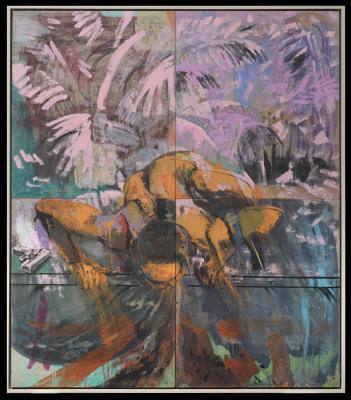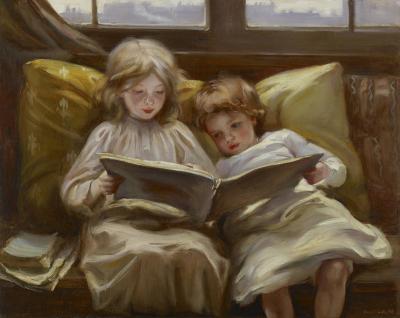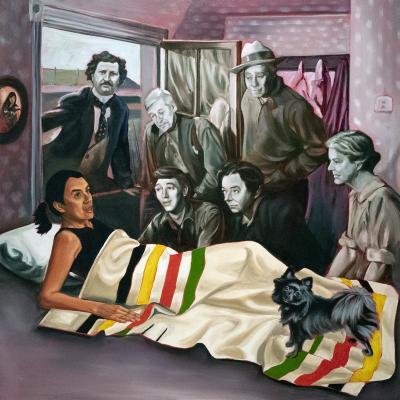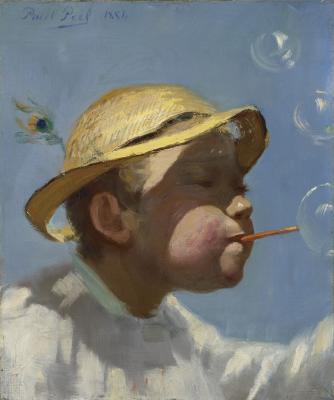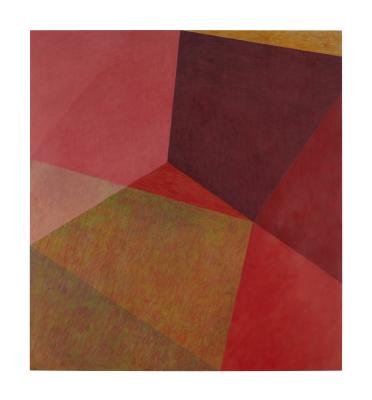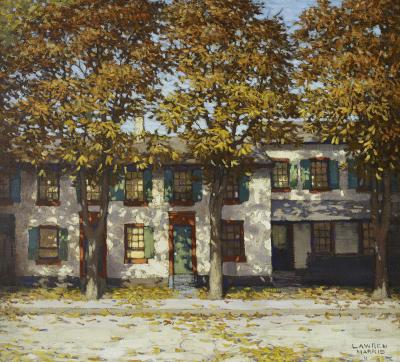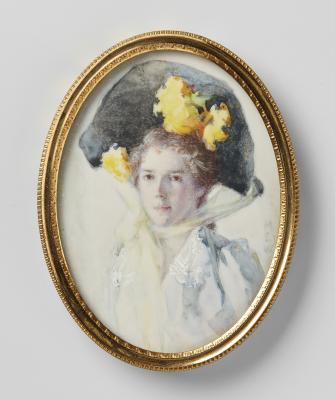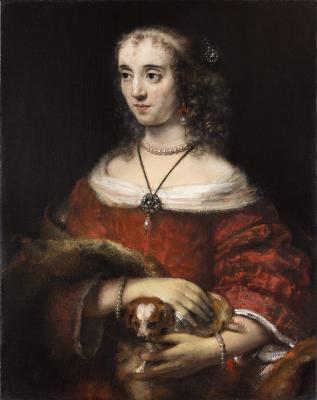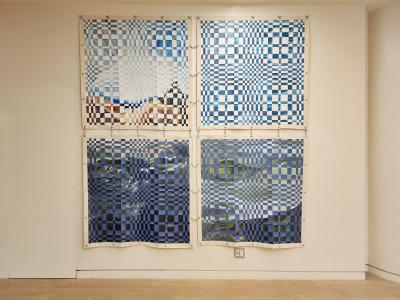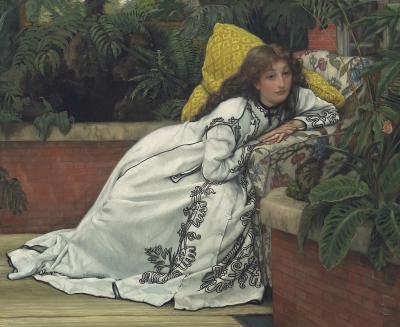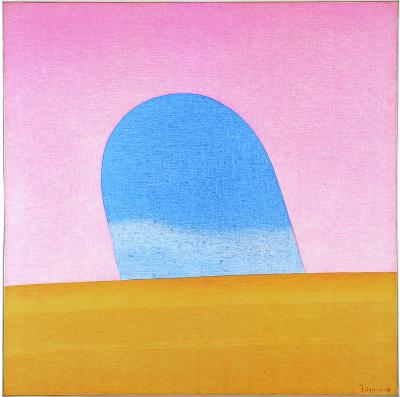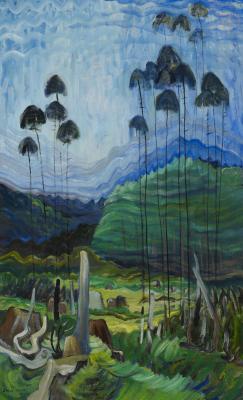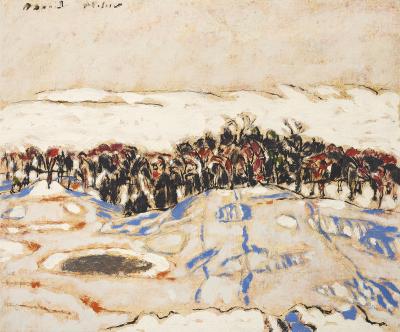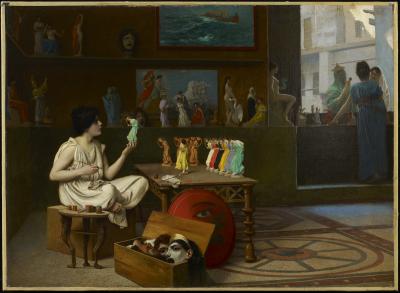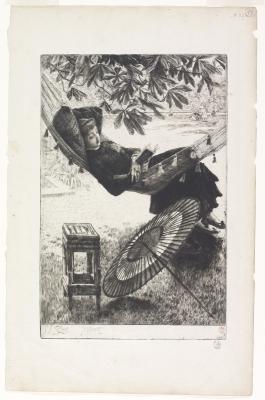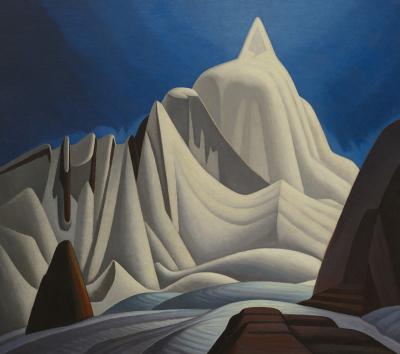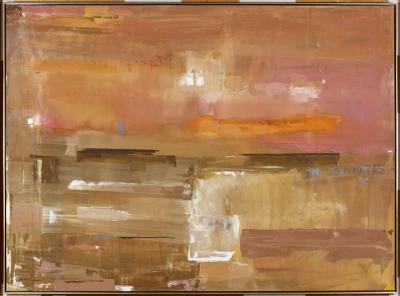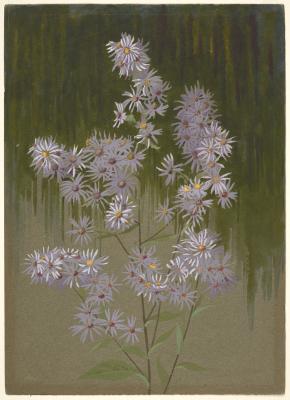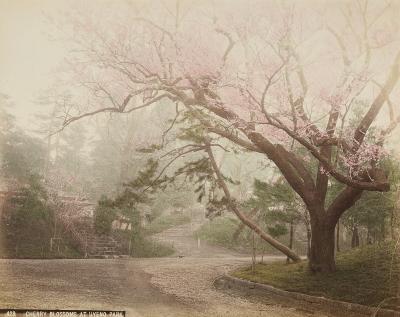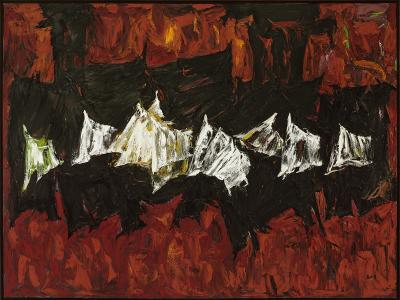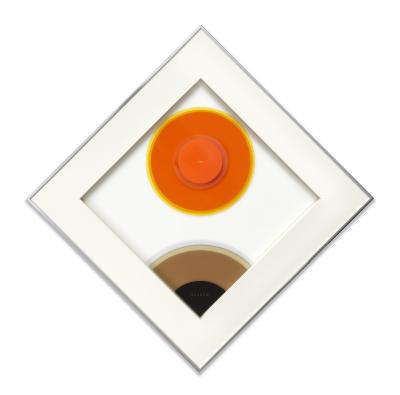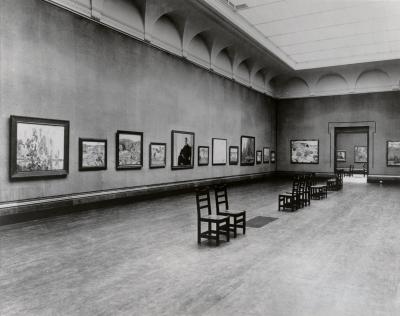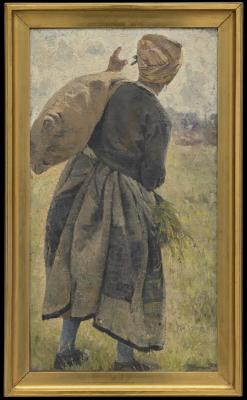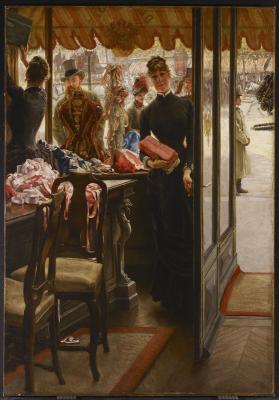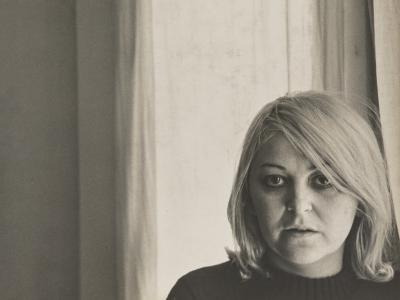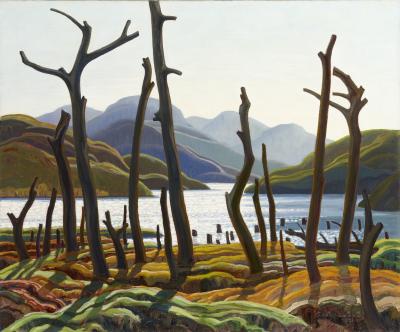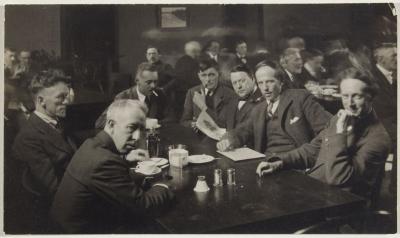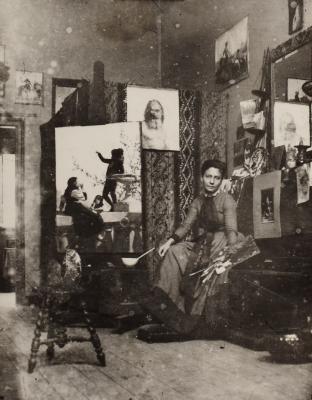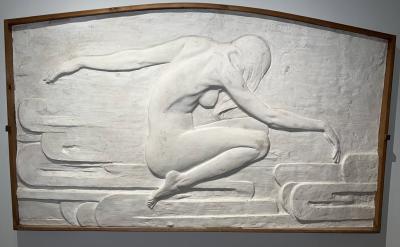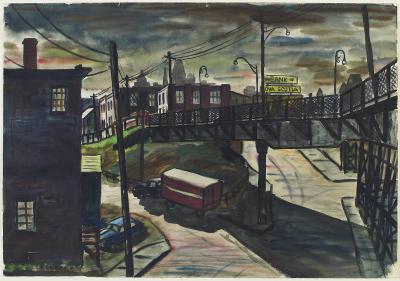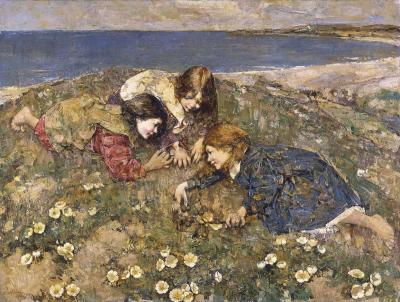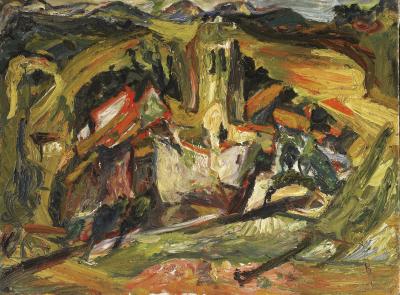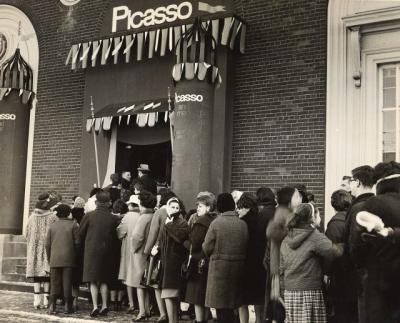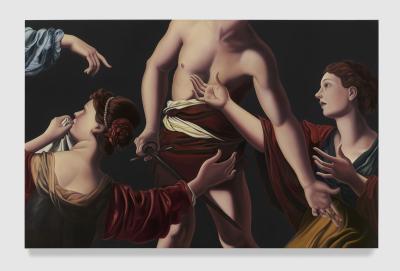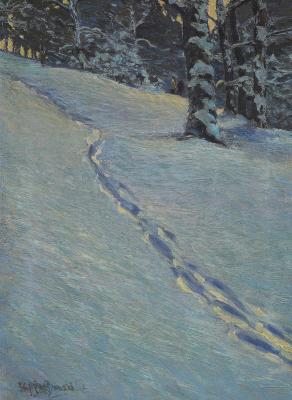The Group of Seven: A Self-Guided Tour at the AGO
Celebrate Group of Seven Day with a tour of seminal works on view now at the AGO
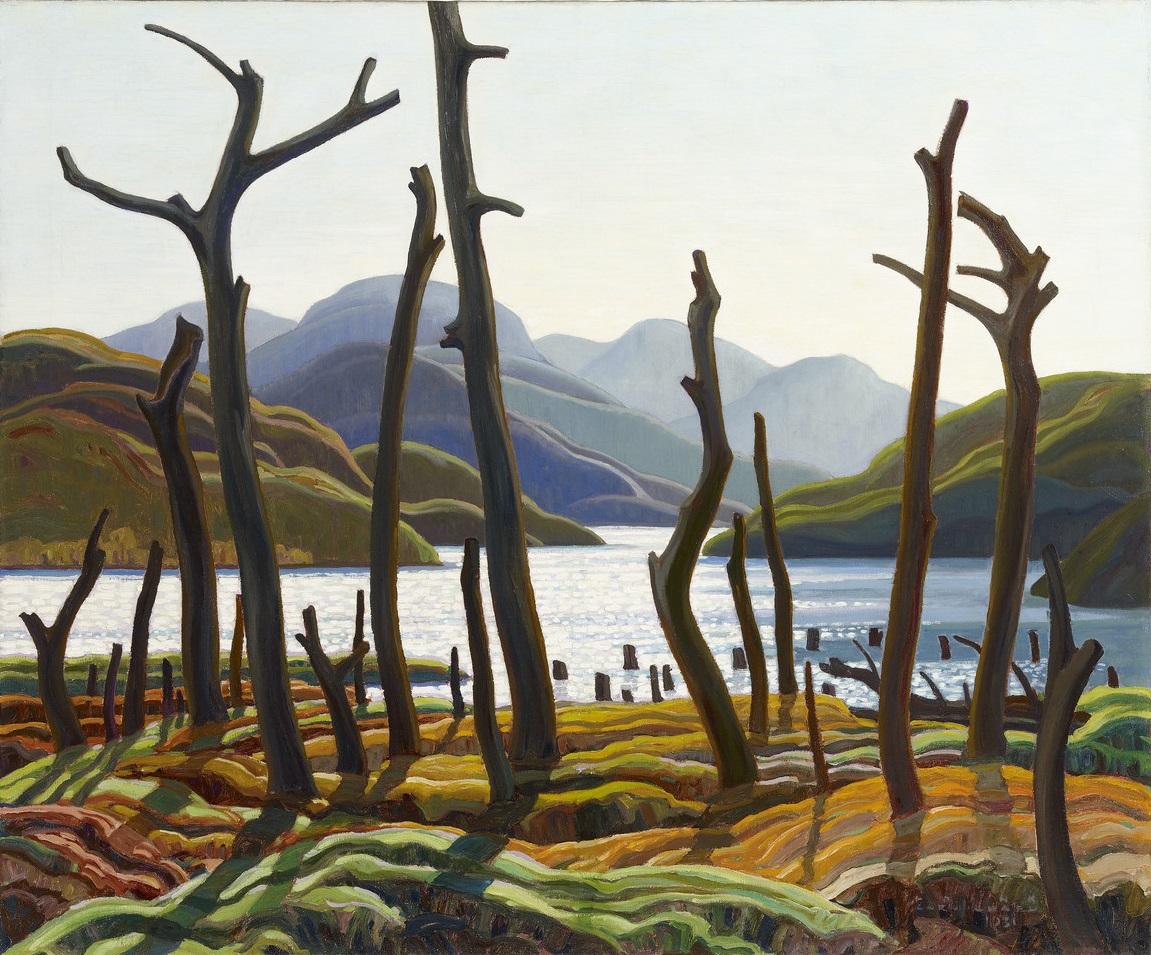
Franklin Carmichael. Cranberry Lake, 1931. Oil on canvas, Overall: 76.7 × 92 cm. The Thomson Collection at the Art Gallery of Ontario, 2017. Photo © AGO. 2017/213.
On July 7, the AGO will open its doors for its inaugural celebration of Group of Seven Day. The Gallery holds one of the largest collections of Group of Seven works in the world, with over 200 of them permanently on view as part of the Thomson Collection of Canadian Art. The Group has a longstanding history with the AGO that dates back to 1920 when the Gallery was the site of their first-ever official exhibition.
Visitors are encouraged to explore the captivating Canadian landscapes depicted by the Group, including its founding members: Franklin Carmichael (1890 – 1945), A.Y. Jackson (1882 – 1974), Franz (also known as Frank) Johnston (1888 – 1949), F.H. Varley (1881 – 1969), Lawren Harris (1885 – 1970), Arthur Lismer (1885 – 1969), and J.E.H. MacDonald (1873 – 1932).
Navigating over 200 works may seem daunting, but no need to worry. Foyer has organized a self-guided tour that highlights a seminal work from each member of the Group. Happy Group of Seven Day!
Please note that works in the Gallery are always on rotation, so the exact location of the works listed below may change or they may be taken off view over time.
Lawren S. Harris, Figure with Rays of Light (1927)
After you enter the AGO through the front entrance, head up the staircase to Level 2. Make your way due north, straight ahead through gallery 206 and you’ll arrive in gallery 218. To the right on the North wall, you’ll find Lawren S. Harris’s Figure with Rays of Light.
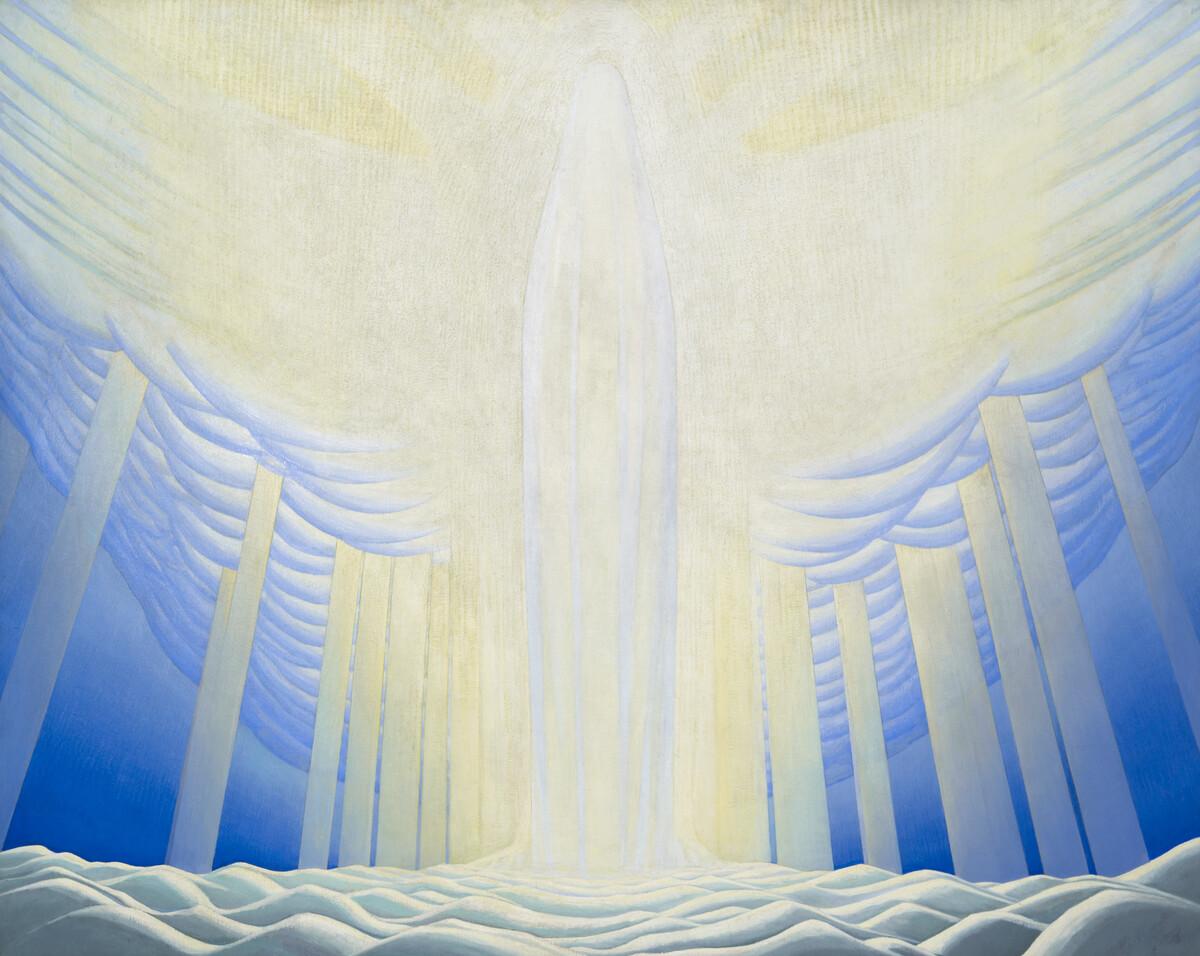
Lawren S. Harris. Figure with Rays of Light (Arctic Group III), c. 1927. Oil on canvas, Overall: 121.9 x 152.4 cm. The Thomson Collection at the Art Gallery of Ontario. © Family of Lawren S. Harris.
This radiant and transitional oil painting is distinct among Harris’s body of work for its surreal quality. A towering pillar of ice is depicted glowing in the Arctic sun, alongside rays of light jetting down in between layered cloud coverage.
One of the Group’s founding members, Harris was born in Brantford, Ontario. He studied art in Europe, then spent most of the 1920s painting the Northern shores of Lake Superior. In the early 1930s, he travelled to Nunavut and Greenland and began experimenting with more abstraction, such as works like Figure with Rays of Light.
J.E.H MacDonald, Mountain Ash (Rowanberries) (1922)
Turn left and exit gallery 218 heading west. Continue through galleries 217 and 216 and find your way to 215, a room dedicated completely to the works of J.E.H MacDonald. Face the west wall, and your eyes will be drawn to the striking colours of Mountain Ash (Rowanberries).
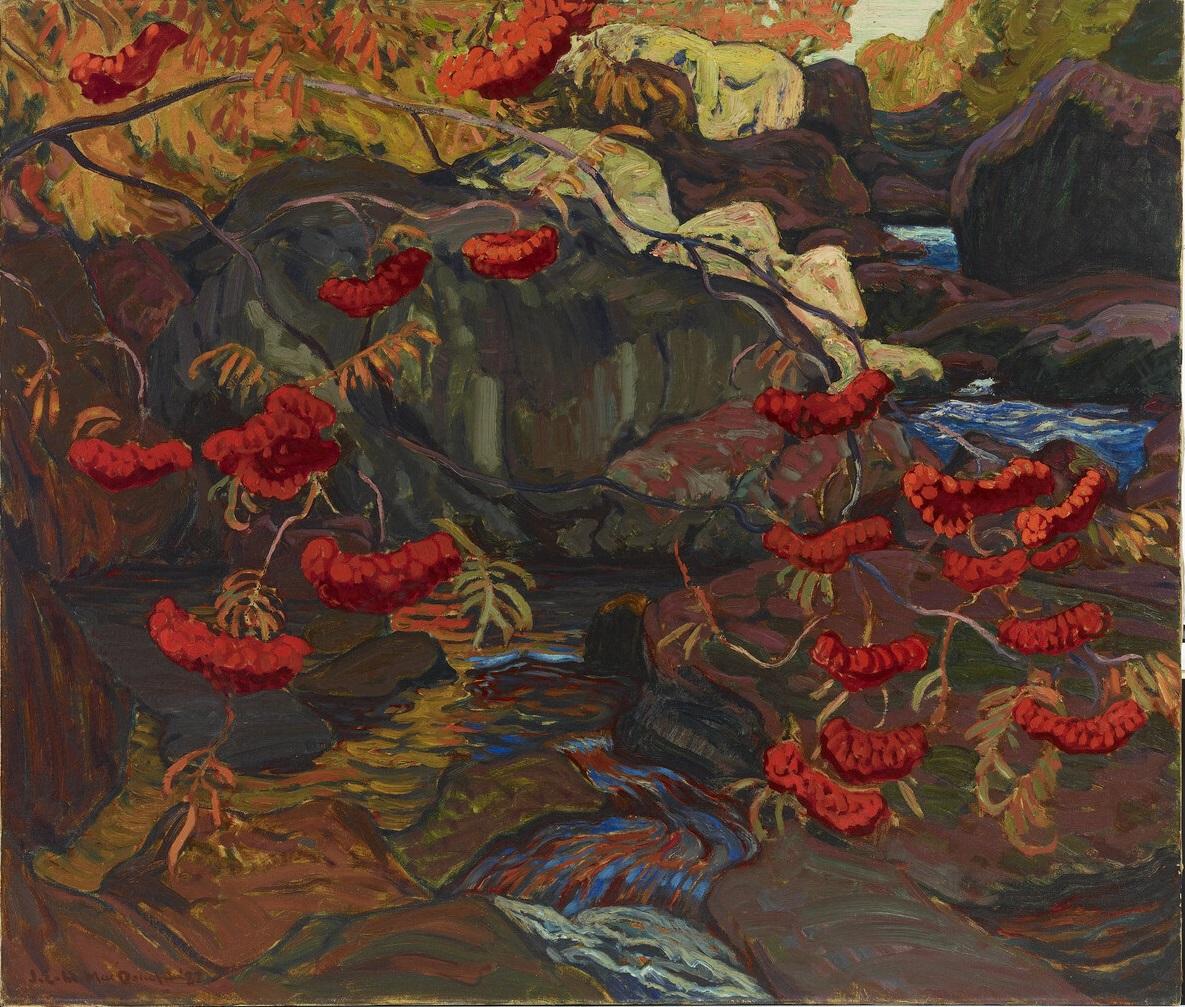
J.E.H. MacDonald. Rowanberries or Mountain Ash, 1922. Oil on canvas, Overall: 76 x 88.9 cm. The Thomson Collection at the Art Gallery of Ontario. © Art Gallery of Ontario.
Vibrant red bunches of rowanberries accent this close-up depiction of plant life. MacDonald fills the canvas with a background of jagged brown rocks, a babbling brook and autumn-tinged leaves in the top left corner.
Originally from Durham, England, J.E.H. MacDonald began exhibiting works with Harris in Toronto in the mid-1910s. He was influenced by romantic and Barbizon painting styles and often depicted landscapes he encountered near Thornhill, Ontario. In the 1920s, after travelling to the Algoma region, his work became broader in design with more lively brushstrokes.
F.H. Varley, Portrait of Vera (1935)
Continue southward outside of gallery 215, you will find gallery 210, the site of the next three works in our tour. On the north wall hangs one of the few portraits in the AGO’s Thomson Collection of Canadian Art: F.H. Varley’s Portrait of Vera.
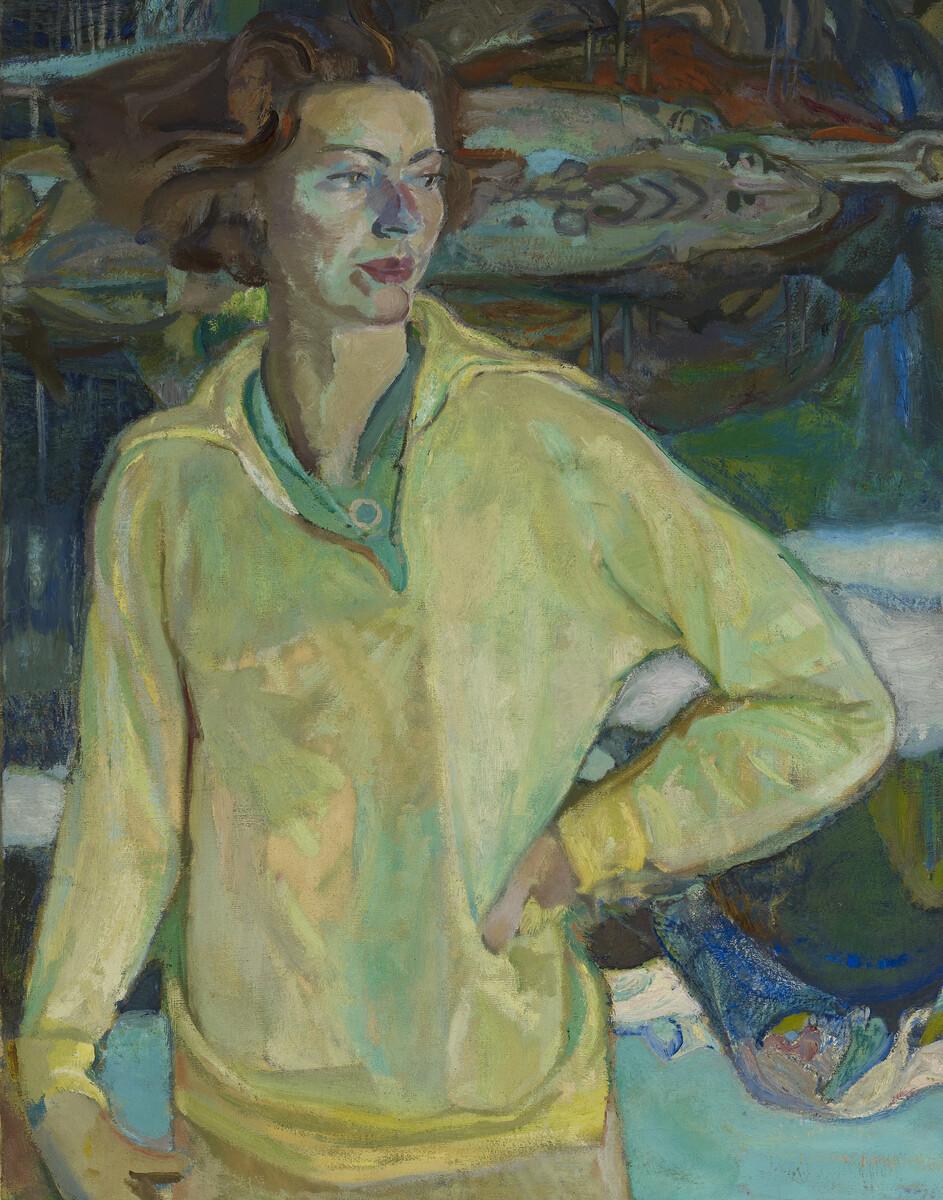
Frederick Horsman Varley. Portrait of Vera, c. 1935. Oil on canvas, Overall: 90.8 x 70.5 cm. The Thomson Collection at the Art Gallery of Ontario. Photo © AGO. 2022/7142
This elegant depiction of Vancouver-based painter and long-time companion of Varley’s, Vera Weatherbie is among his most widely known works. She stands tall with her hand firmly pressed against her hip, donning a pastel yellow pullover and blue scarf. In the background, Varley configures an abstraction that appears to be an autumn landscape on the water.
A native of Sheffield, England, Varley emigrated to Canada in 1914. He was an official war artist, serving in France and Belgium during World War 1. Unlike the rest of the Group, his work consists mainly of portraiture and figurative depictions. In the mid-1920s, he relocated to British Columbia and began practicing Buddhism, which had a profound influence on the colour composition of his work.
Arthur Lismer, Logging, Nova Scotia, Near Bedford (1917-1918)
Make a slight turn to your left in gallery 210, and located on the west wall, you’ll find Arthur Lismer’s depiction of working men in Atlantic Canada: Logging, Nova Scotia, Near Bedford.
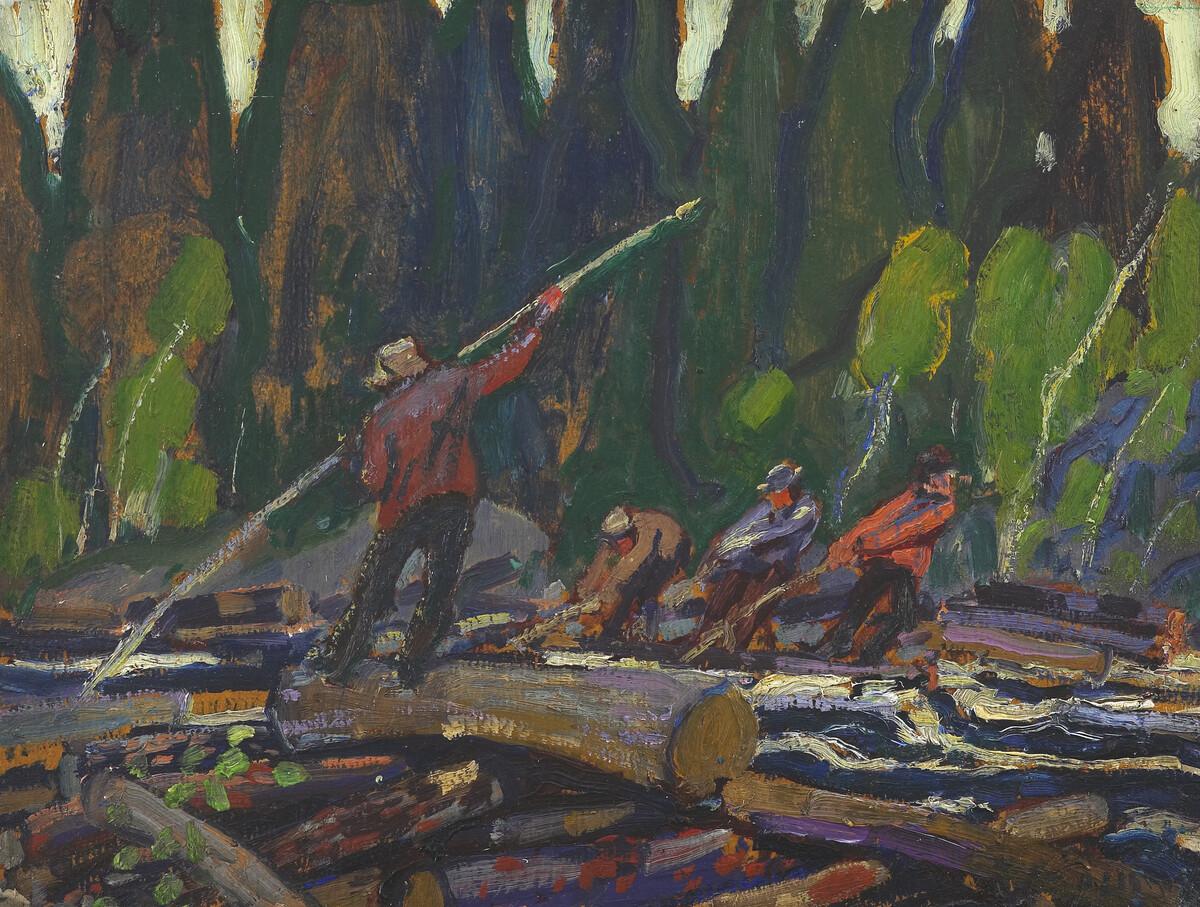
Arthur Lismer. Logging, Nova Scotia, Near Bedford, 1917-1918. Oil on wood-pulp board, Overall: 30.7 x 40.5 cm. The Thomson Collection at the Art Gallery of Ontario, 2017. Photo © AGO.
Completed on wood pulp board, this oil painting portrays four loggers rolling a massive tree trunk down a river. One stands atop the log, propelling himself with a long stick, while the other three gather in a line, pulling the log to create momentum. Lismer sets the scene in a background of lush evergreen trees.
Also from Sheffield, England, Lismer was a prolific artist and arts educator at the AGO and the Ontario College of Art (now OCADU). He was acclaimed for his bold and rhythmic landscapes. A skilled draughtsman, Lismer designed the Group of Seven’s official logo in 1920.
Franklin Carmichael, Cranberry Lake (1931) (image at top)
Another quarter turn toward the south wall of gallery 210, and your gaze will meet Franklin Carmichael’s vibrant composition of a group of standing dead trees at a marshy lakeshore, Cranberry Lake.
Seven tall standing dead trees dominate the foreground of Carmichael’s lakeside depiction. In the background is a mountain range and, in the middle, the titular Cranberry Lake. Sketched in watercolour and completed with oil paint, it is emblematic of the decorative quality often found in Carmichael’s work.
Hailing from Orillia, Ontario, Carmichael is the only member of the Group to be celebrated for works in watercolour as well as oil paint. He met the other members of the Group while working as an office clerk at the famed Toronto design firm, Grip Limited. His work is noted for its distinctive lines and ornamental quality.
Franz Johnston, Hubert Lake (1918)
Moving into the last space of our tour, move east into gallery 209. Look towards the west wall and witness Frank Johnston’s idyllic vista view, Hubert Lake.
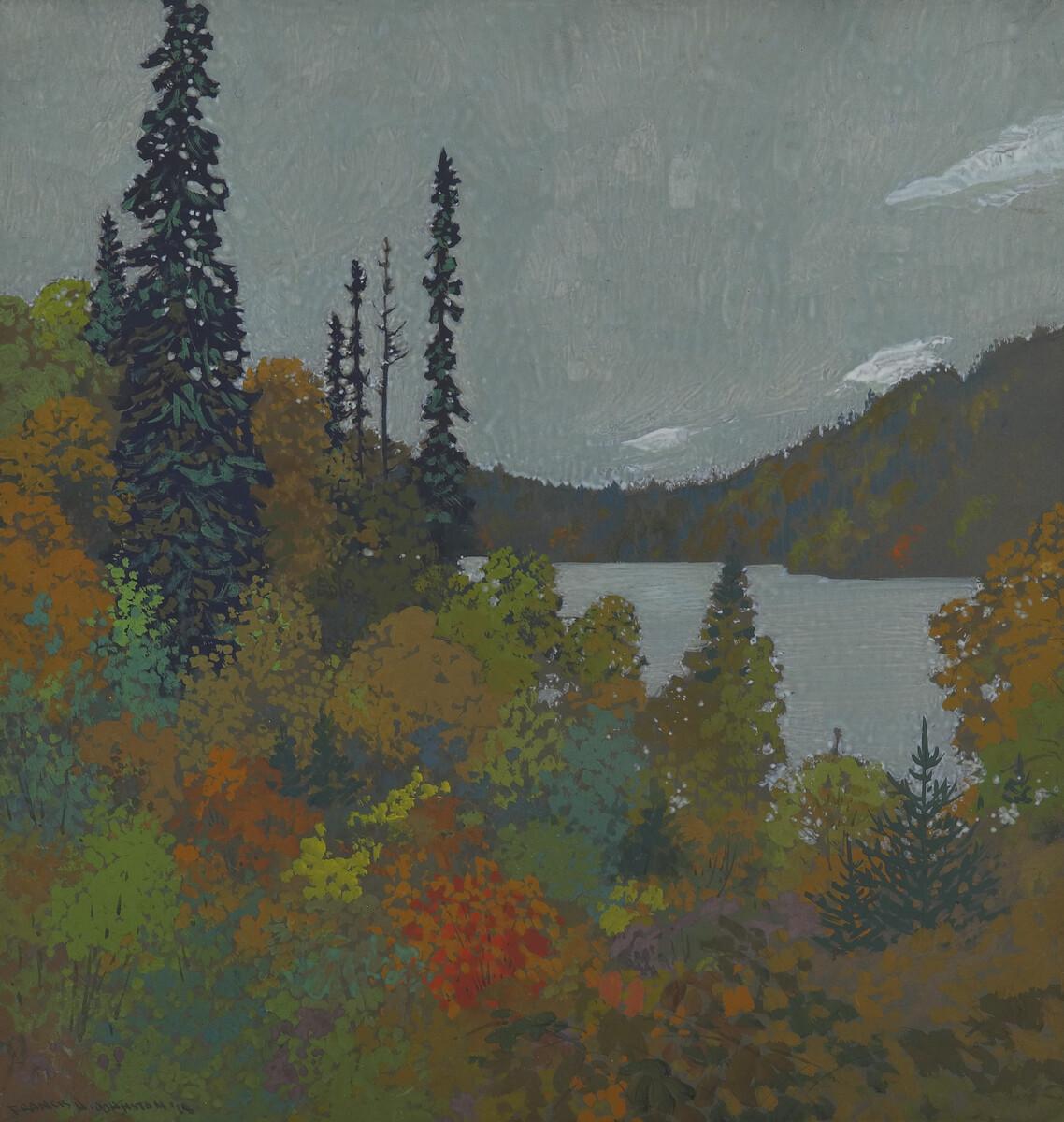
Franz Johnston. Hubert Lake, 1918. Tempera on paperboard, Overall: 39.2 x 37.3 cm. The Thomson Collection at the Art Gallery of Ontario, 2017. Photo © AGO.
The only work on our tour done in tempera paint, Hubert Lake is a quintessential depiction of a hillside in the Canadian wilderness. Tall evergreen trees accented with pops of autumn colour are offset by a still, powder blue lake, and an overcast sky of a similar colour.
Having only exhibited with the Group of Seven once, Johnston is distinct among the Group because of his use of tempera paint rather than oil. His works highlight the texture and patterns of Canadian landscapes, specifically those of Northern Ontario. Hailing from Toronto, in 1921, he left the Group and moved to Winnipeg to lead the city’s art college and museum.
A.Y. Jackson, The St. Lawrence in Winter (1931)
Also, on the west wall of gallery 209, a few works to the left is the serene riverside snowscape, The St. Lawrence in Winter by A.Y. Jackson.
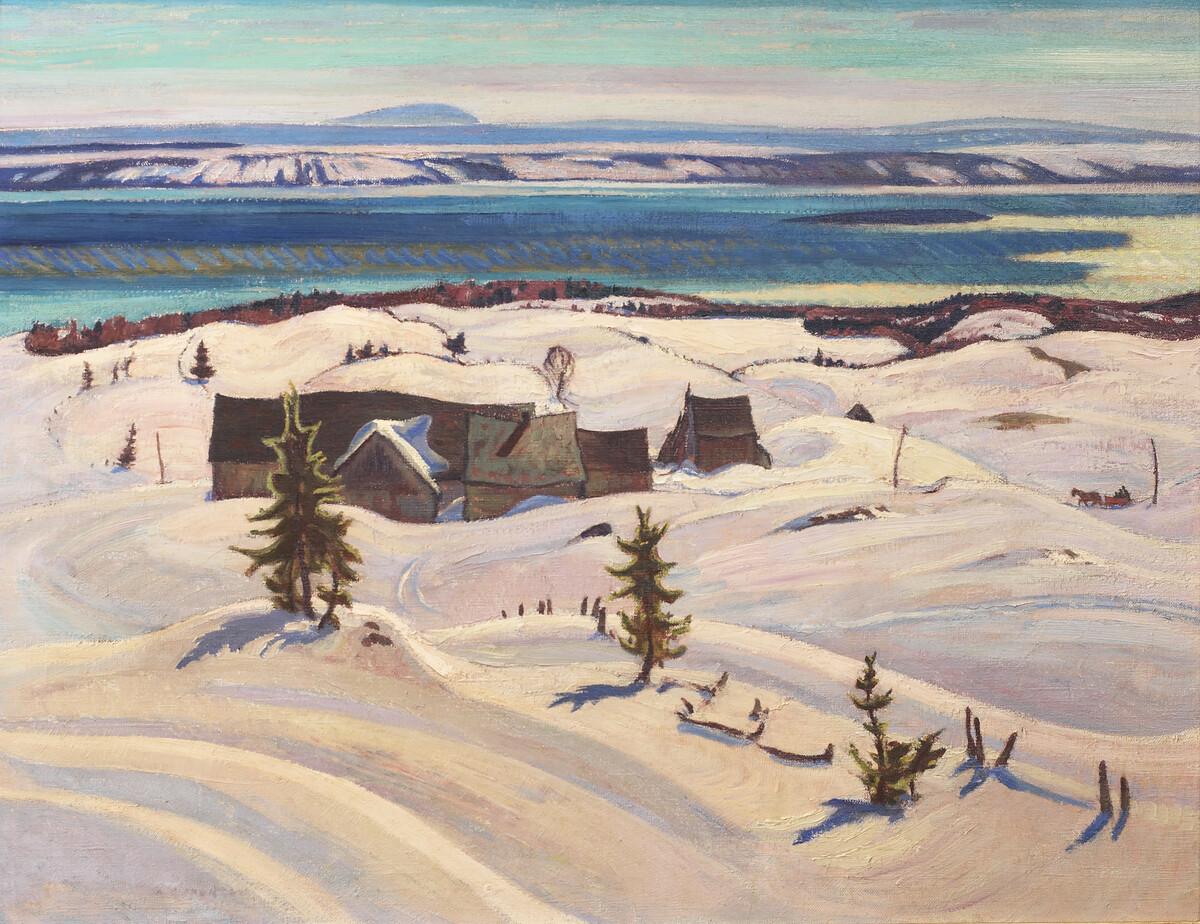
A.Y. Jackson. The St. Lawrence in Winter, c. 1931. Oil on canvas, 63.6 x 81.5 cm. The Thomson Collection at the Art Gallery of Ontario, 2025 © The Estate of A.Y. Jackson / CARCC Ottawa 2025
This peaceful, snow-covered depiction of a large farmhouse alongside the St. Lawrence River in Quebec is representative of much of Jackson’s oeuvre. The landscape’s subtle contours appear to be the ripples of accumulated snow. A brown farmhouse in the middle ground is the central focus of Jackson’s composition, with the crystal blue waters of the St. Lawrence rounding out the background.
The only member of the Group from Quebec, Montreal’s Jackson, is known for simplified forms and rhythmic compositions. Jackson’s long and diverse career included a stint as a war artist, the first President of the Beaver Hall Group of Modernists, and a President of the Canadian Group of Painters.
The AGO celebrates Group of Seven Day on Monday, July 7 from 10 am to 4 pm. For more information about the Group of Seven at the AGO, click here. Please note that works in the Gallery are always on rotation, so the exact location of the works listed below may change or they may be taken off view over time.
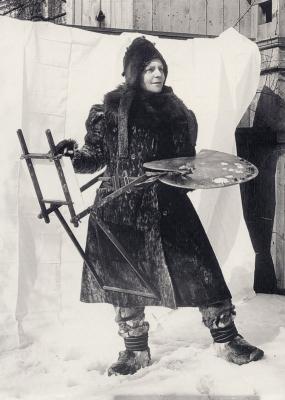
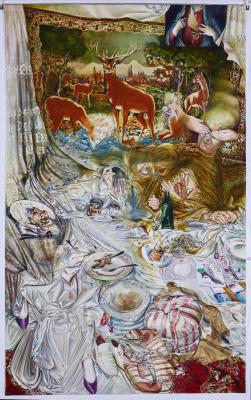
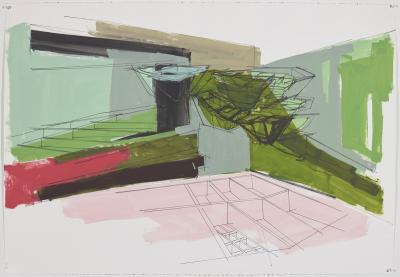
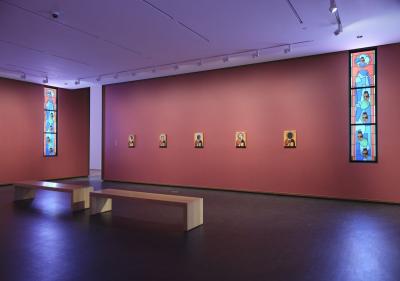
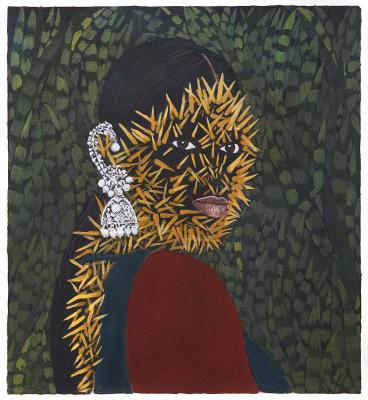
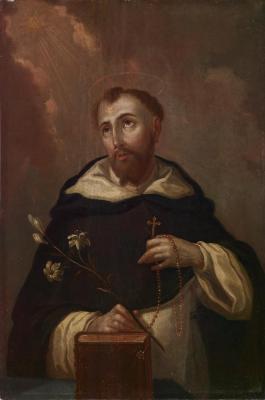
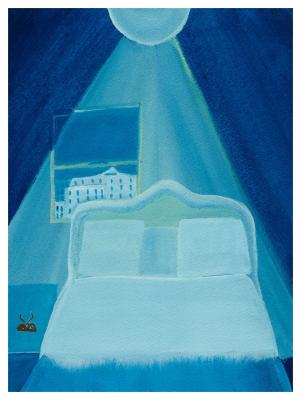
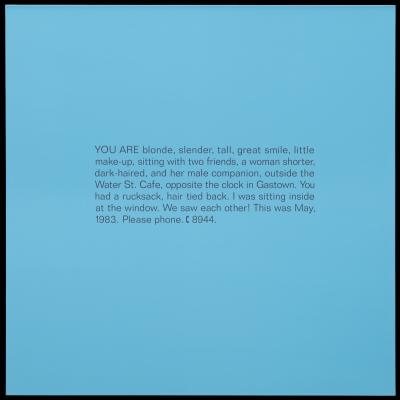
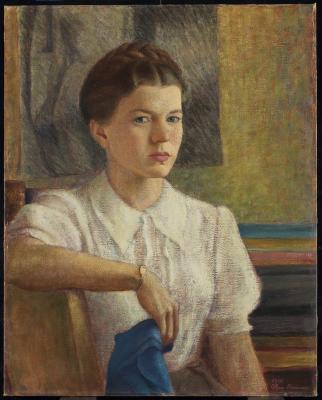
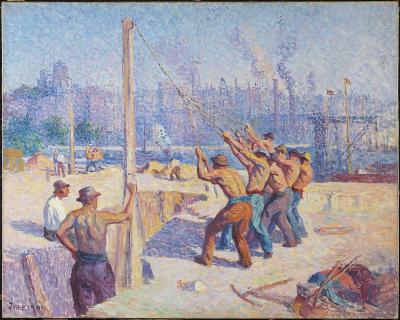
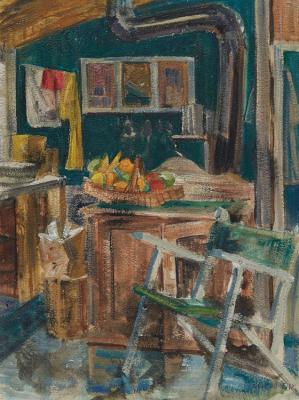
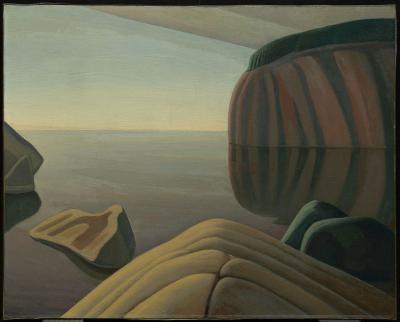
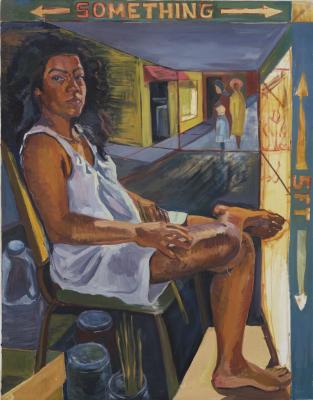
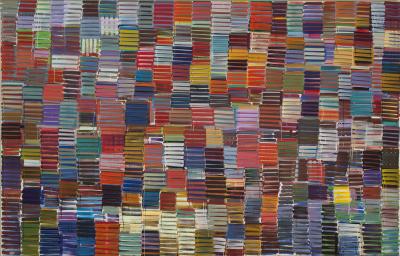
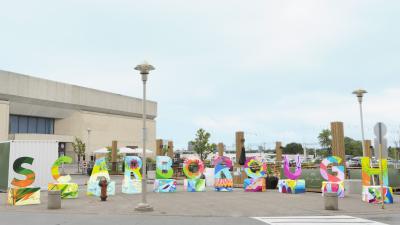

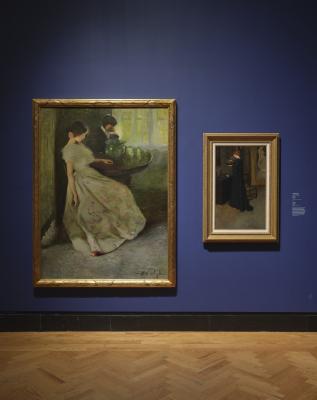
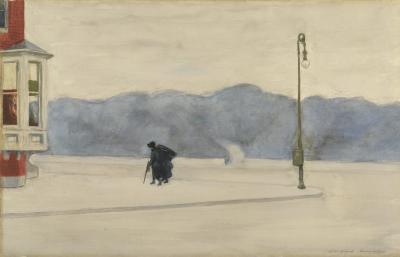
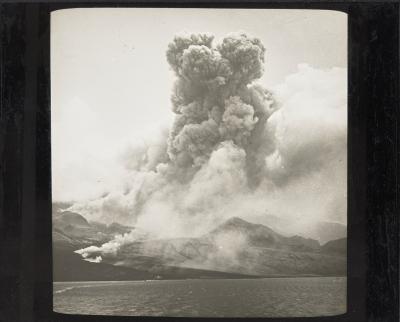
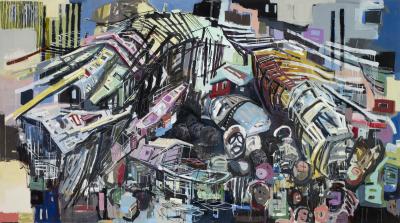
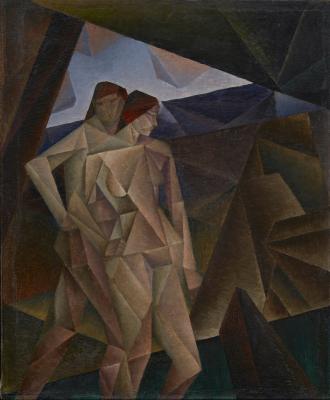
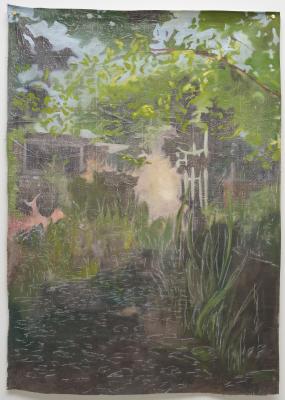
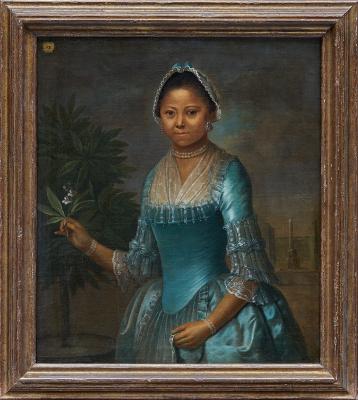
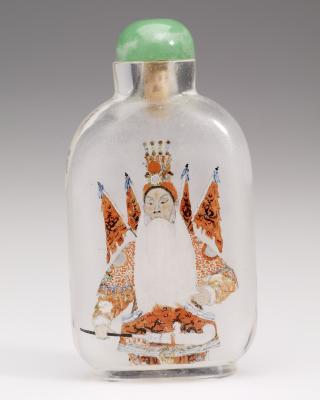
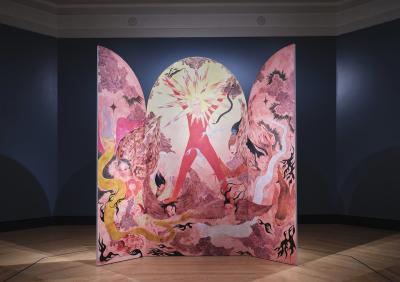
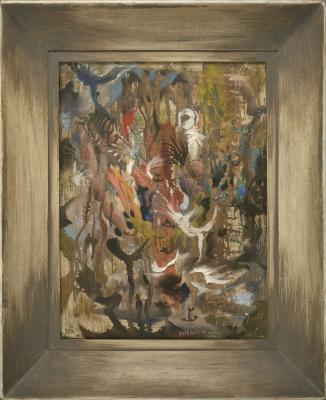
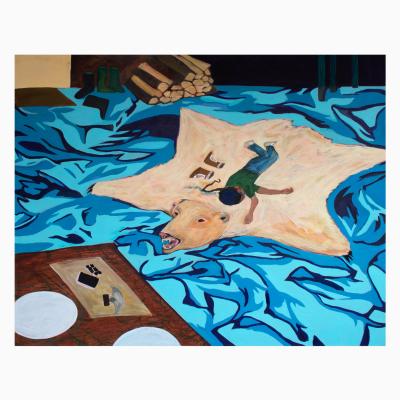
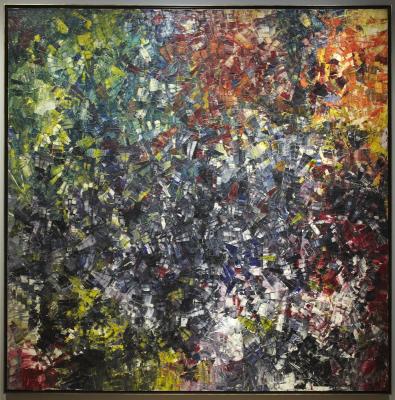
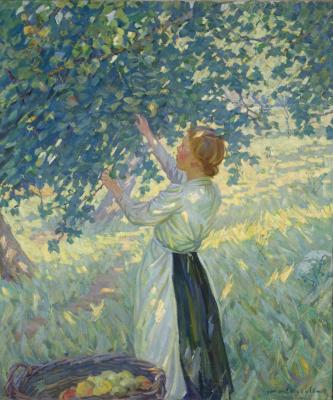
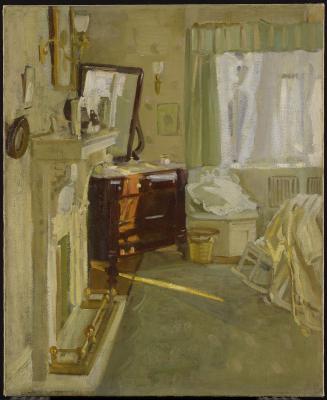

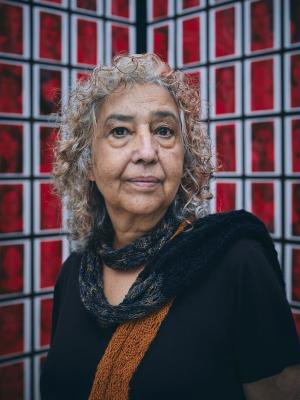
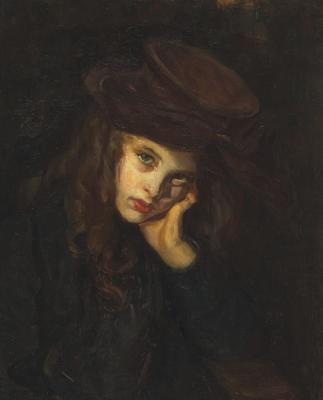
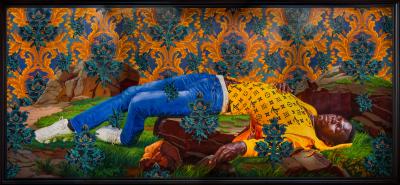
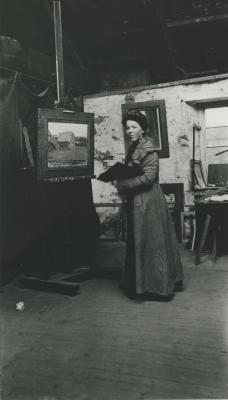
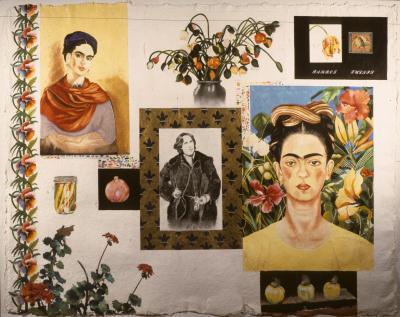

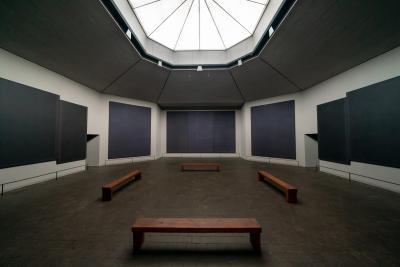
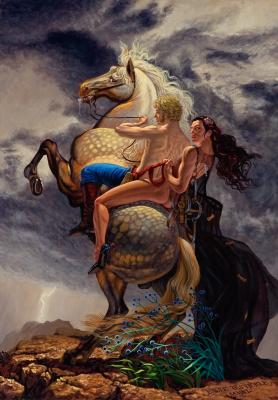
![Keith Haring in a Top Hat [Self-Portrait], (1989)](/sites/default/files/styles/image_small/public/2023-11/KHA-1626_representation_19435_original-Web%20and%20Standard%20PowerPoint.jpg?itok=MJgd2FZP)
